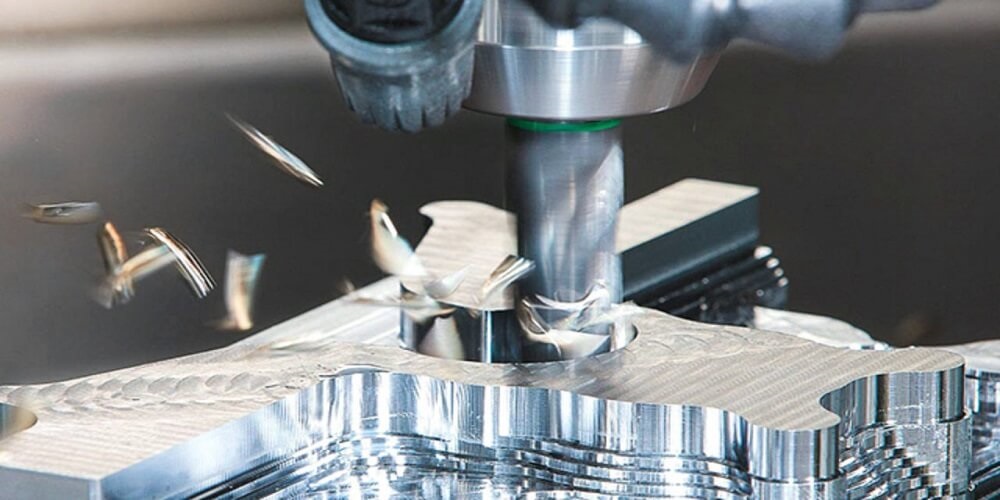Many companies are prototype manufacturer. The prototype is a pilot-scale model of a product that is to be produced at a mass level. The main objective of prototype manufacturing is to check the durability, functioning, and overall structure of the product before producing it on an industrial level. By making a prototype, the errors in the machine can be determined and the wastage of raw material at a large scale can be nullified. Prototype manufacturing is usually done by design engineers. It can also result in the precision of the product to specified specifications and dimensions. To check the durability and functioning of the product, more than one prototype can also be made. Thus, a team of design engineers can check the specifications by making a prototype of different sizes, volumes, and degrees. If the prototype, works for the design engineers then they pass it to the manufacturing teams. Manufacturing teams then control the production of the product with specified specifications at a mass scale. The prototype manufacturing technique is widely used in aerospace, medical, automobile, robot, electronics, and electrical fields.
Steps to manufacture a Prototype:
Prototype manufacturing is usually done with five steps. The first step in this process is sketching the final product. In this step, there is only a need to draw an idea on paper. Some professionals use computer programs for this purpose. The most commonly used are CAD, Visio, or Auto-Cad. It is not necessary to make the drawing on such programs. It could be a rough hand-made design on paper that communicates the whole idea. The second step in prototype manufacturing is to start making a prototype with basic information. The making of a prototype should not be done with expensive materials. The best materials in options to use at the start are wood, clay, chipboard, or foam. This will provide the benefit that if something went wrong then there will be no waste of money. To make the best prototype, it is necessary to repeat the process of making it again and again. This process will ultimately take the manufacturer to a point where he has the best-précised specifications. This is the third step. The best prototype cannot be made on the first attempt. Manufacturing companies make hundreds of prototypes to achieve the best quality product. In the fourth step, the testing of the prototype is done. This is important as this will determine the success of the prototype. With this, the manufacturer will also be able to overcome the errors in the prototype. Fifth and the last step are to economize the prototype. As this prototype will be used by industrial companies. These industrial companies will produce the prototype at a large scale. So, economizing the prototype will ultimately economize the whole product, and production costs can be saved.
Techniques of preparing a prototype:
Prototype manufacturing is usually done by three methods. It includes CNC machining, 3D printing, and vacuum casting. There are more methods inside these techniques. The technique o be adopted depends upon the final product that is to be made.


